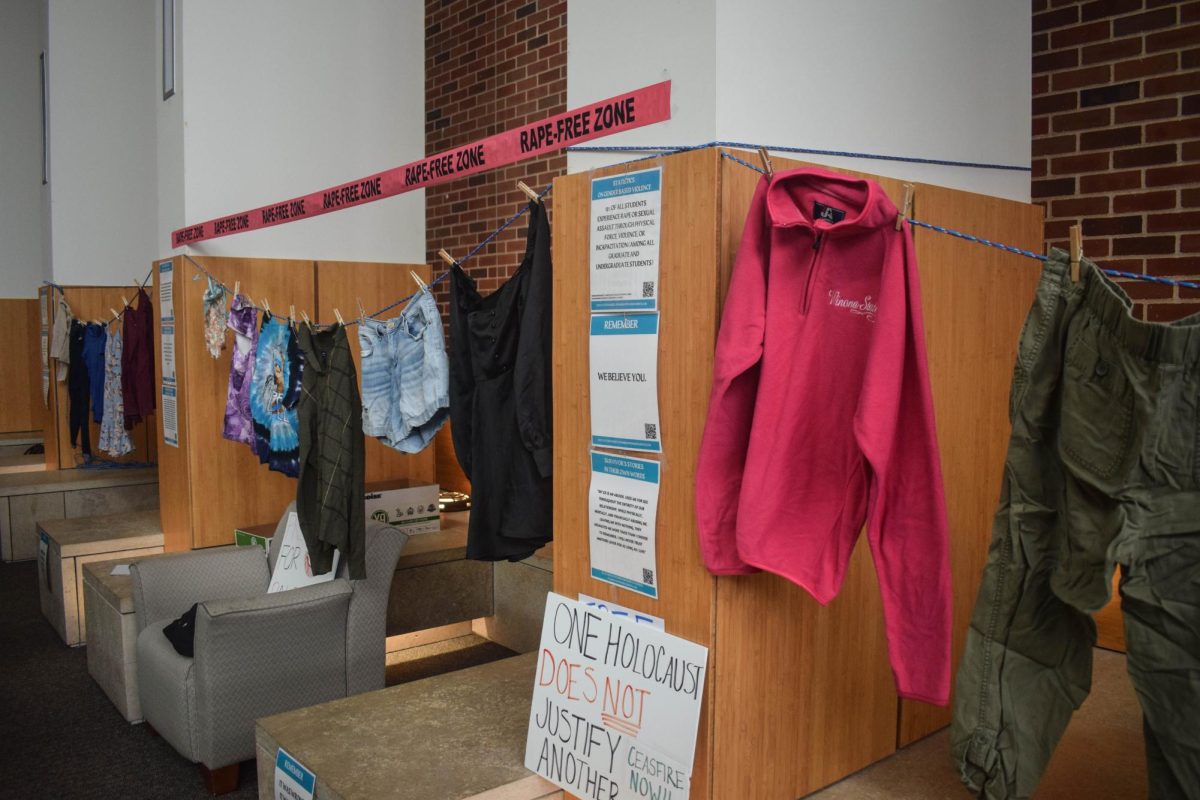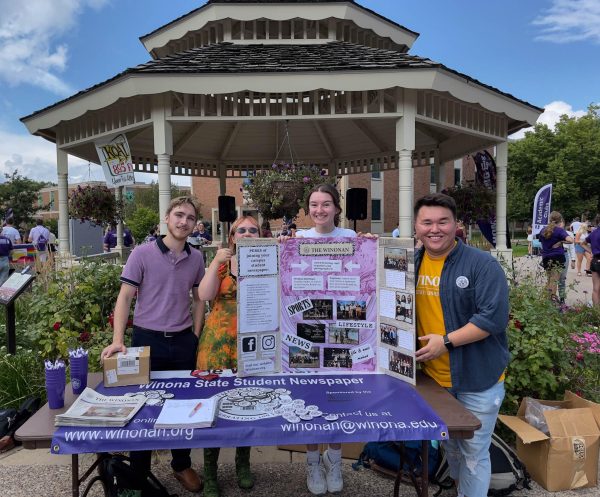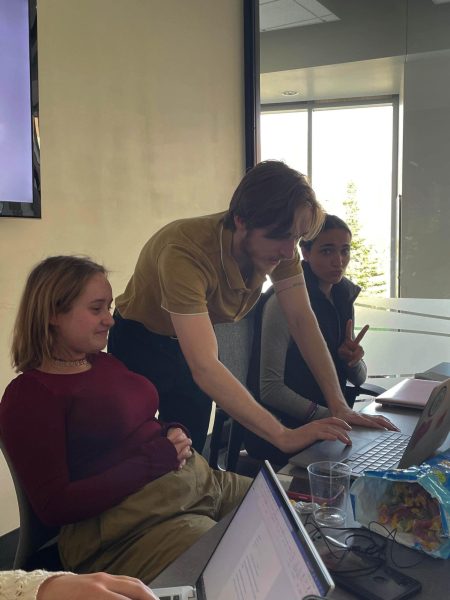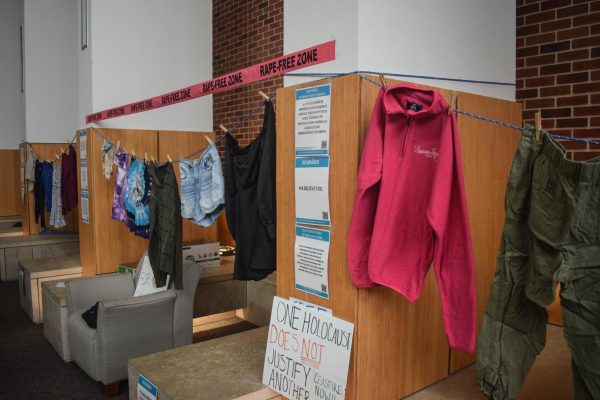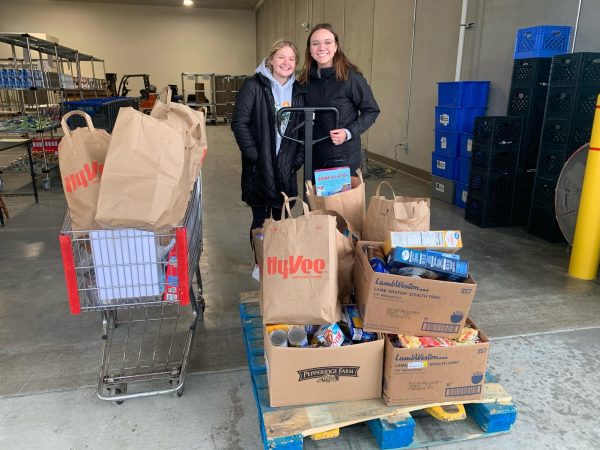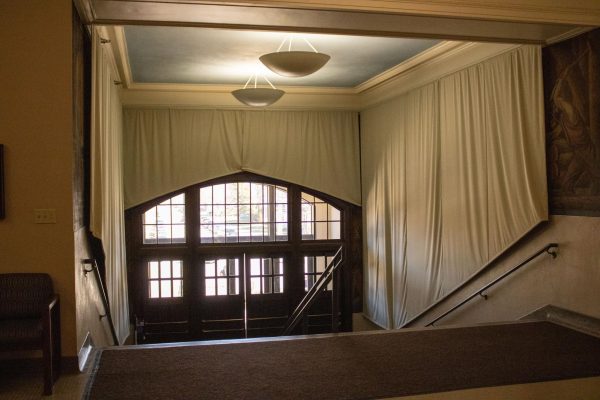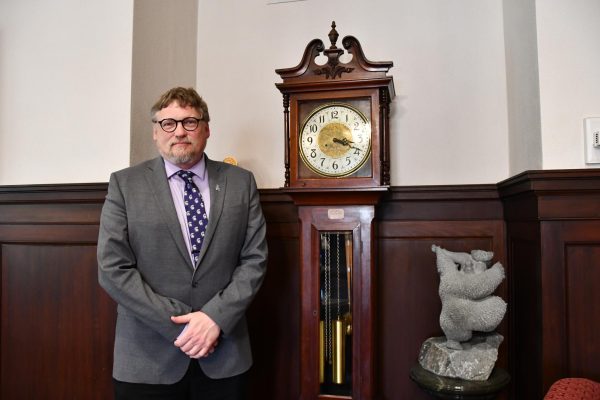Winona water gets better results

December 5, 2018
The city of Winona reported a violation of the amount of radium in a series of tests. This violation was reported in 2016 and 2017, but the city had failed to notify the public in the required 30 days.
Due to this failure the city was in a yearlong compliance period. This means that the city is now required to report its results quarterly to a state board in order to show that it is actively pursuing ways to improve water quality.
An Environmental Protection Agency (EPA) report stated that Winona City Water Municipality had a violation in its water test for all four quarters of 2017. The city was upgraded to “serious violator” for the first and second quarter of 2018.
Despite the high-level warnings, the recent tests of radium are now passing and below the set level. Minnesota Department of Health Compliance Engineer, Anna Schliet, talked about the results of having above average detected radium levels.
“In 2017, we had sample results that was over max level over the period of four quarters. After the four quarters, if the average measurements above the containment level, then it triggers a warning,” Schliet said.
Since the radium levels are now below and in compliance it takes a while for the total average of the measurements of radium to be lowered below the compliance level.
“By the time the results came in we already started making treatment changes. Since August of 2017, the levels of radium have dropped below containment and had officially returned to compliance on Sept. 26,” Schliet said. “The reason the municipality is still in violation is that it takes a year to return to compliance.”
The city of Winona released a report detailing their status for the current water treatment.
“During the year, we had an ongoing violation for Combined radium. Our system is taking action to address the violation,” the report said. “Combined radium samples collected in August and December 2017 have been below the required amount and we are monitoring the radium levels quarterly.”
Only one water plant has recorded the high levels of radium, which was the Westfield water plant. The plant gets its water from deep wells in the Westfield Wells Field.
Brent Bunke, a manager for the city water treatment plant, said the well is forced to get water from even deeper parts near Mt. Simon, which means drawing up some of the minerals that come up with the water, including radium.
Bunke said the city is working on purchasing a new treatment system called TonkaZorb. The treatment uses a chemical solution and specific hardware that helps remove radium from water by having it get attached to a special solution.
“TonkaZorb helps remove radium from the water supply my acting as a filter for radium,” Bunke said. “As water passes through it uses a sand filter, water and product chemical that helps attach radium to the filter.”
Preliminary results with the installation of these systems have shown to decrease radium levels. The city is expected to install more of the company TonkaZorb’s machines to help reduce levels of radium.
Despite not passing below the required levels of radium in 2017, Bunke assured that the amount of radium in the water that was present in 2017 would still have a small effect on people.
“The amount of radium was still considered low and the EPA has lowered the required levels of radium over the past 30 or 40 years,” Bunke said. “You would have to drink the water for 100 years before any health effects.”














